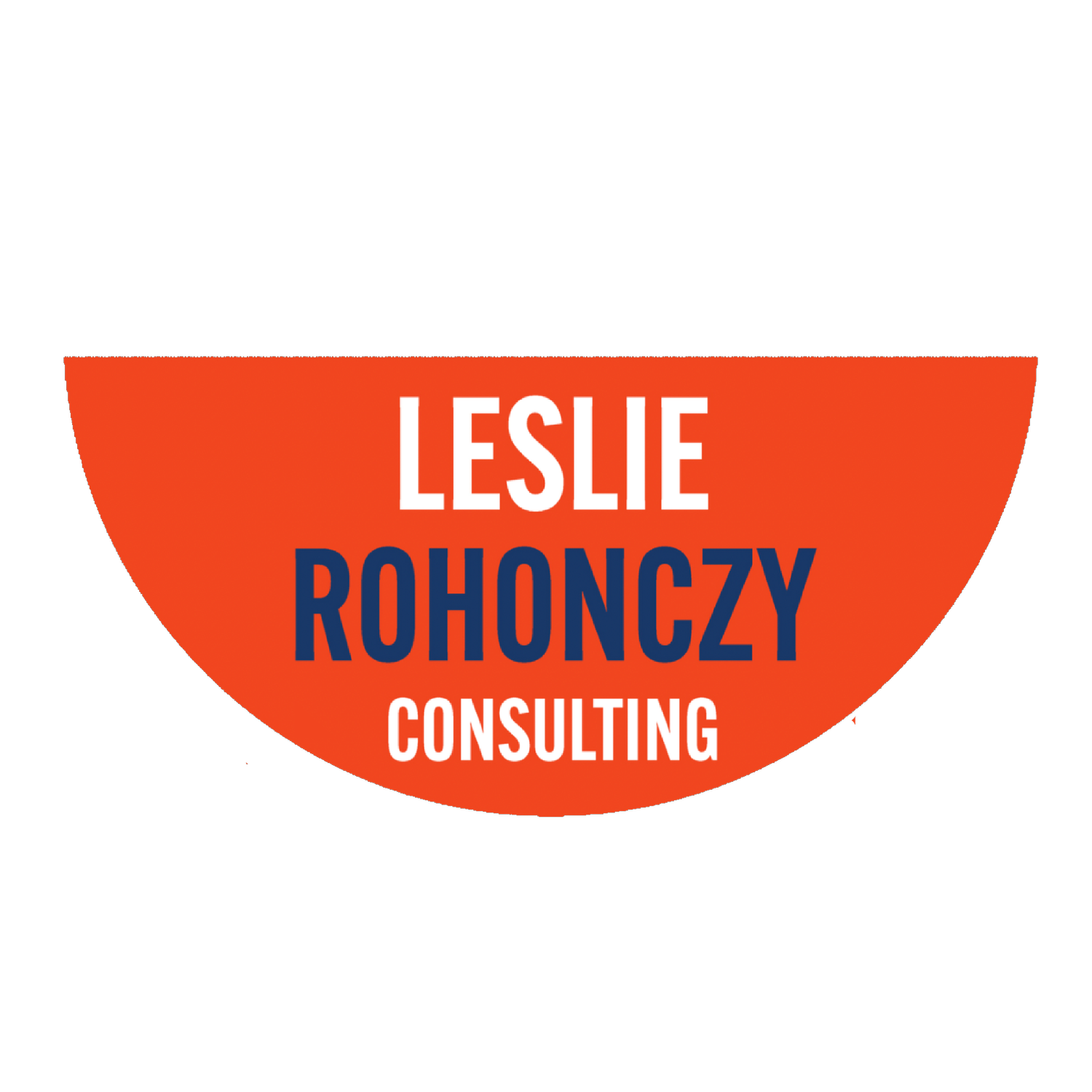Leslie Rohonczy, IMC™, PCC, Executive Coach, Leadership Expert, Speaker, Author
I started working with a senior leader a few months ago, and was excited to help him explore his coaching topic. He wanted to become a high-performing executive and strengthen trust with his peer group. His intention was clear and his commitment seemed high.
In one of our early sessions, I asked him to walk me through his key relationships; the people whose support, trust, and collaboration would be essential to his success. He paused, then said, “Well… I think I have good relationships with most people.”
It wasn’t a bad answer. But it was vague, which told me we’d struck a golden coaching opportunity. I walked him through a powerful tool I developed called the Influence Map. This deceptively simple visual tool helped us map out who mattered most, how much trust existed, whether the influence flowed one way or both, and what kind of emotional cost each relationship carried.
Within minutes, the picture was clear. He was pouring energy into a relationship that wasn’t strategic, avoiding a critical alliance because it felt hard, and underestimating how much invisible credibility he’d already earned in a few places where he’d assumed indifference. He realized that, when it came to strategic relationships, he didn’t need more effort; he needed more precision.
Influence mapping makes visible the invisible social ecosystem you’re leading in. And once you see it, you can lead inside it with far more intention and confidence.
WHY INFLUENCE MAPPING MATTERS
Influence at the executive level doesn’t follow job titles or org charts. It moves through the channels of trust, clarity, alignment, and shared purpose. If you're trying to drive change, shape culture, or lead cross-functionally, you need more than positional authority. You need strategic influence.
The Influence Map helps you:
Clarify who matters most to your success
Diagnose the quality and direction of those relationships
Get conscious about where you're spending too much or too little energy
Make behavioural choices that improve trust and impact
Many leaders don’t realise until they map it out that they’re overspending influence capital in the wrong places, under-investing in key allies, or coasting in relationships that are quietly draining their credibility.
HOW TO USE THE INFLUENCE MAP
STEP 1: IDENTIFY THE KEY PLAYERS
Using the Influence Map template, place your name in the centre. Then, in the surrounding circles, add the names of individuals who significantly impact your ability to succeed, grow, and lead effectively. Think beyond your immediate team: include your boss, cross-functional partners, direct reports, key external stakeholders, or influential board members. Influence is about proximity to power and perception, not just title.
STEP 2: TAKE A RELATIONSHIP SNAPSHOT
For each individual, reflect on these four indicators:
Trust Level (Low, Medium, High): Is this relationship built on mutual trust?
Influence Flow (One-Way or Two-Way): Do you influence each other, or is the flow lopsided?
Current Currency: What do you bring to this relationship that earns you influence? Clarity? Calm? Creativity? Reliability? Insight?
Emotional Cost (Low, Medium, High): How much energy does this person require from you?
This step alone can surface powerful insights. I’ve seen clients realise that the person they’re working hardest to impress doesn’t actually influence the outcomes that matter most.
STEP 3: DEFINE YOUR STRATEGIC INTENT
Ask yourself:
What is the strategic purpose of this relationship?
What would make this connection more effective?
What’s one behavioural shift I could try to improve it?
Maybe it’s slowing your pace with a fast-moving peer. Or being more transparent with a cautious, trust-sensitive stakeholder. Or having clearer asks with someone who always offers support but rarely follows through.
STEP 4: PRIORITISE YOUR INFLUENCE
Use simple symbols to code your map:
STAR = Needs your attention
CHECKMARK = Strong and stable
TRIANGLE = Draining without enough return
Then ask:
Who are your allies and advocates?
Who represents active friction?
Where is there untapped opportunity?
Mapping this visually helps you spot patterns. Maybe all your strong relationships are downward, and you’ve neglected peer or upward influence. Or maybe one draining connection is hijacking your attention and causing unproductive spirals.
EXPLORE POWER DYNAMICS AND POLITICAL ACUMEN
Influence is relational, but it’s also political. Not in the Machiavellian sense, but in the sense of understanding where power lives and how decisions are made.
For each person on your map, ask:
What motivates or unsettles them?
How do they like to receive information?
How is power expressed in this relationship, and how do I tend to respond?
What other relationship could help me improve this one?
One client discovered that his most difficult cross-functional partner was deeply influenced by someone he hadn’t built a strong connection with – a surprising but powerful pivot point. Strengthening that second relationship softened the resistance in the first.
ACTION PLAN: WHERE TO START
Choose one relationship on your map that is costing you significant energy but yielding low influence or trust in return. Ask yourself:
What am I trying to get from this relationship?
Is that realistic, or am I overplaying it?
Could a shift to curious diplomacy help? Or is a strategic withdrawal more appropriate?
Influence is rarely about pushing harder. It’s about choosing where and how to invest, creating conditions where trust can take root, and where alignment becomes possible.
READY TO MAP YOUR INFLUENCE?
You don’t need to overhaul your entire relationship strategy overnight. But you do need to look at it. Influence is one of your most valuable leadership assets, and yet most executives don’t take the time to map, audit, or recalibrate it.
Try the Influence Map. Get curious. And if you want help unpacking the patterns or crafting a game plan to lead with more impact and less friction, let’s talk.
I coach senior leaders to build trust, navigate power dynamics, and lead with clarity, confidence, and connection. Reach out today to grow your leadership influence, at www.leslierohonczy.com.



